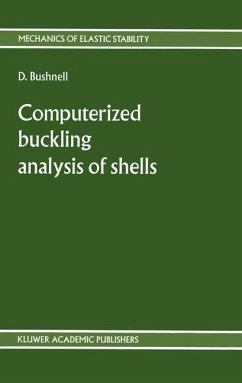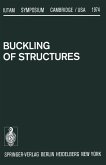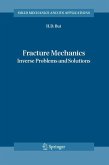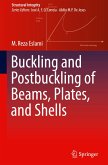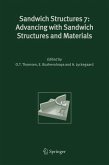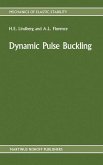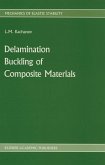This report describes the work performed by Lockheed Palo Alto Research Labora tory, Palo Alto, California 94304. The work was sponsored by Air Force Office of Scientific Research, Bolling AFB, Washington, D. C. under Grant F49620-77-C-0l22 and by the Flight Dynamics Laboratory, Air Force Wright Aeronautical Laboratories, Wright-Patterson AFB, Ohio under Contract F3361S-76-C-31OS. The work was completed under Task 2307Nl, "Basic Research in Behavior of Metallic and Composite Components of Airframe Structures". The work was admini stered by Lt. Col. J. D. Morgan (AFOSR) and Dr. N. S. Khot (AFWAL/FIBRA). The contract work was performed between October 1977 and December 1980. The technical report was released by the Author in December 1981. Preface Many structures are assembled from parts which are thin. For example, a stiffened plate or cylindrical panel is composed of a sheet the thickness of which is small com pared to its length, breadth, and stiffener- spacing, and stiffeners the thickness of which is small compared to their _ heights and lengths. These assembled structures, loaded in compression, can buckle overall, that is sheet and stiffeners can collapse together in a general instability mode; the sheet can buckle locally between stiffeners; the stiffeners can cripple; and a variety of complex buckling interactions can occur involving local and overall deformations of both sheet and stiffeners. More complex, built-up structures can buckle in more complex and subtle ways.
'The book is a valuable contribution for engineers in government, industry, and universities who have complex shell buckling problems to solve and who have available to them computer programs for the buckling analysis of shells.' -- Applied Mechanics Review, 38:8 (1986)
'What makes this book unique is that the author has succeeded in providing a `feel' for shell buckling based on careful mixture of theoretical, analytical, and numerical procedures. Many of the richly illustrated examples are written in a tutorial form, a guide-by-example for the modeling and solving of complex of nonlinear problems. It shows convincingly that the modern structural engineer must have a very thorough understanding of how structures behave if he is to use the advanced computational tools successfully. This book is a must for all those who work in the field of shell stability.' -- Journal of Applied Mechanics, 53 (1986)
'What makes this book unique is that the author has succeeded in providing a `feel' for shell buckling based on careful mixture of theoretical, analytical, and numerical procedures. Many of the richly illustrated examples are written in a tutorial form, a guide-by-example for the modeling and solving of complex of nonlinear problems. It shows convincingly that the modern structural engineer must have a very thorough understanding of how structures behave if he is to use the advanced computational tools successfully. This book is a must for all those who work in the field of shell stability.' -- Journal of Applied Mechanics, 53 (1986)
`The book is a valuable contribution for engineers in government, industry, and universities who have complex shell buckling problems to solve and who have available to them computer programs for the buckling analysis of shells.'
Applied Mechanics Review, 38:8 (1986)
`What makes this book unique is that the author has succeeded in providing a `feel' for shell buckling based on careful mixture of theoretical, analytical, and numerical procedures. Many of the richly illustrated examples are written in a tutorial form, a guide-by-example for the modeling and solving of complex of nonlinear problems. It shows convincingly that the modern structural engineer must have a very thorough understanding of how structures behave if he is to use the advanced computational tools successfully. This book is a must for all those who work in the field of shell stability.'
Journal of Applied Mechanics, 53 (1986)
Applied Mechanics Review, 38:8 (1986)
`What makes this book unique is that the author has succeeded in providing a `feel' for shell buckling based on careful mixture of theoretical, analytical, and numerical procedures. Many of the richly illustrated examples are written in a tutorial form, a guide-by-example for the modeling and solving of complex of nonlinear problems. It shows convincingly that the modern structural engineer must have a very thorough understanding of how structures behave if he is to use the advanced computational tools successfully. This book is a must for all those who work in the field of shell stability.'
Journal of Applied Mechanics, 53 (1986)

